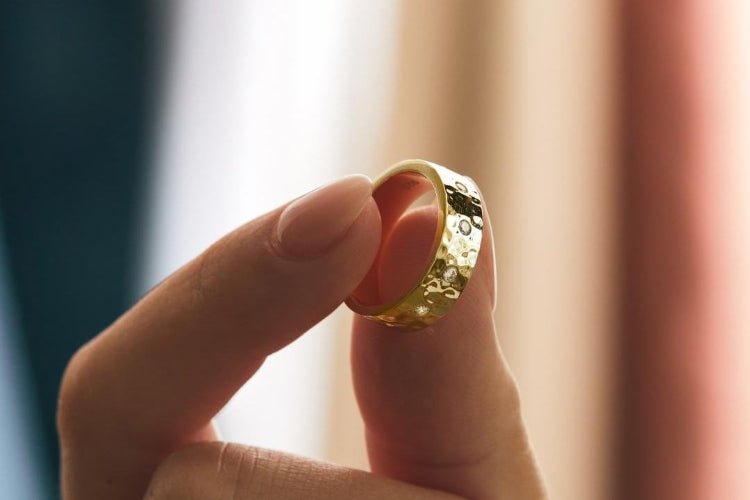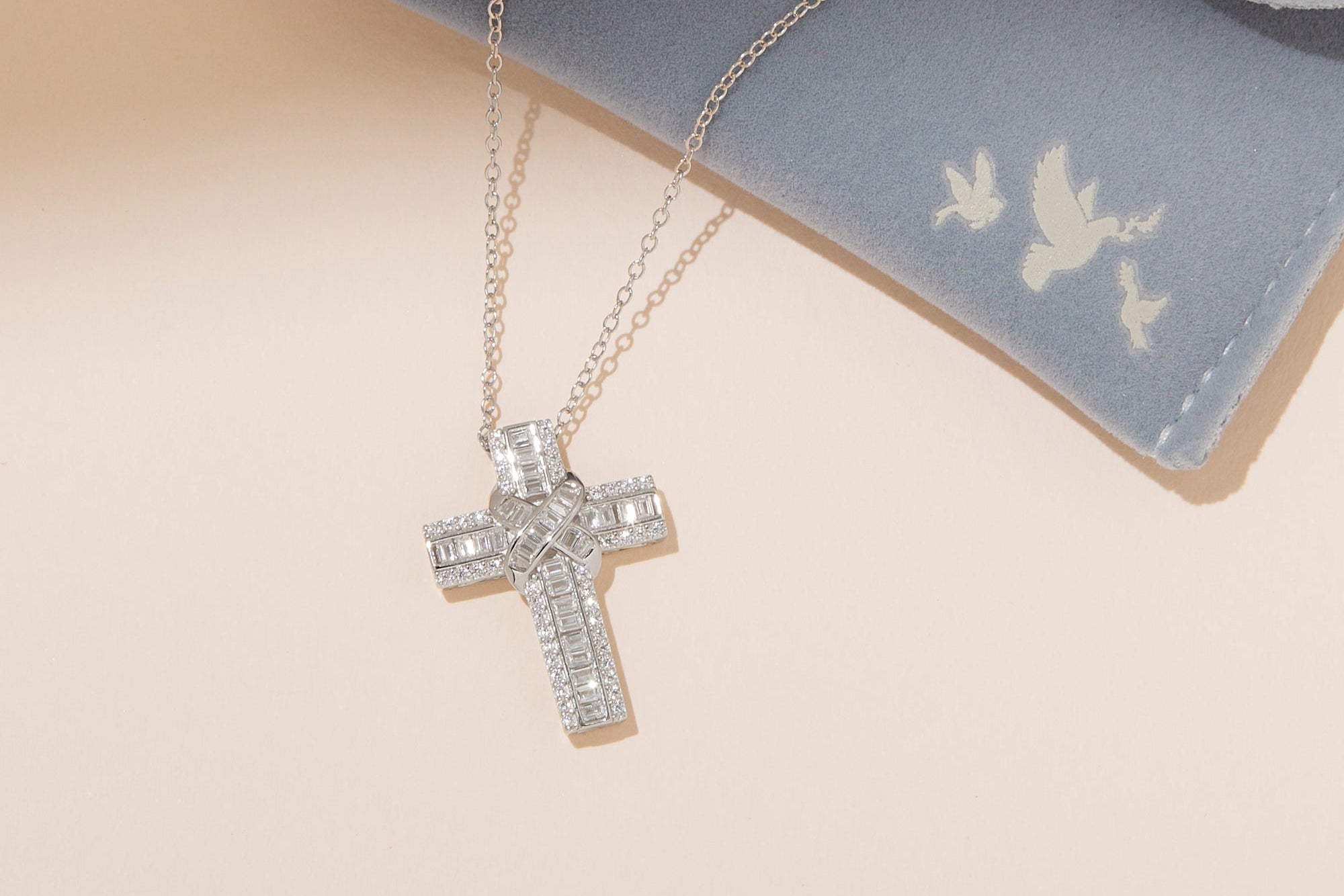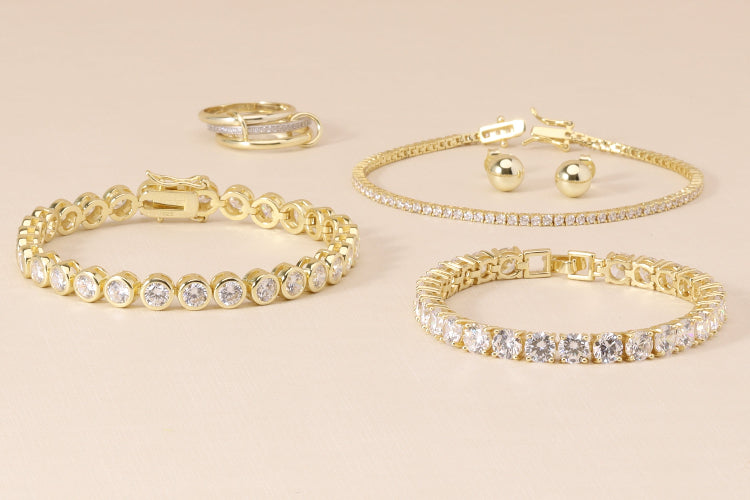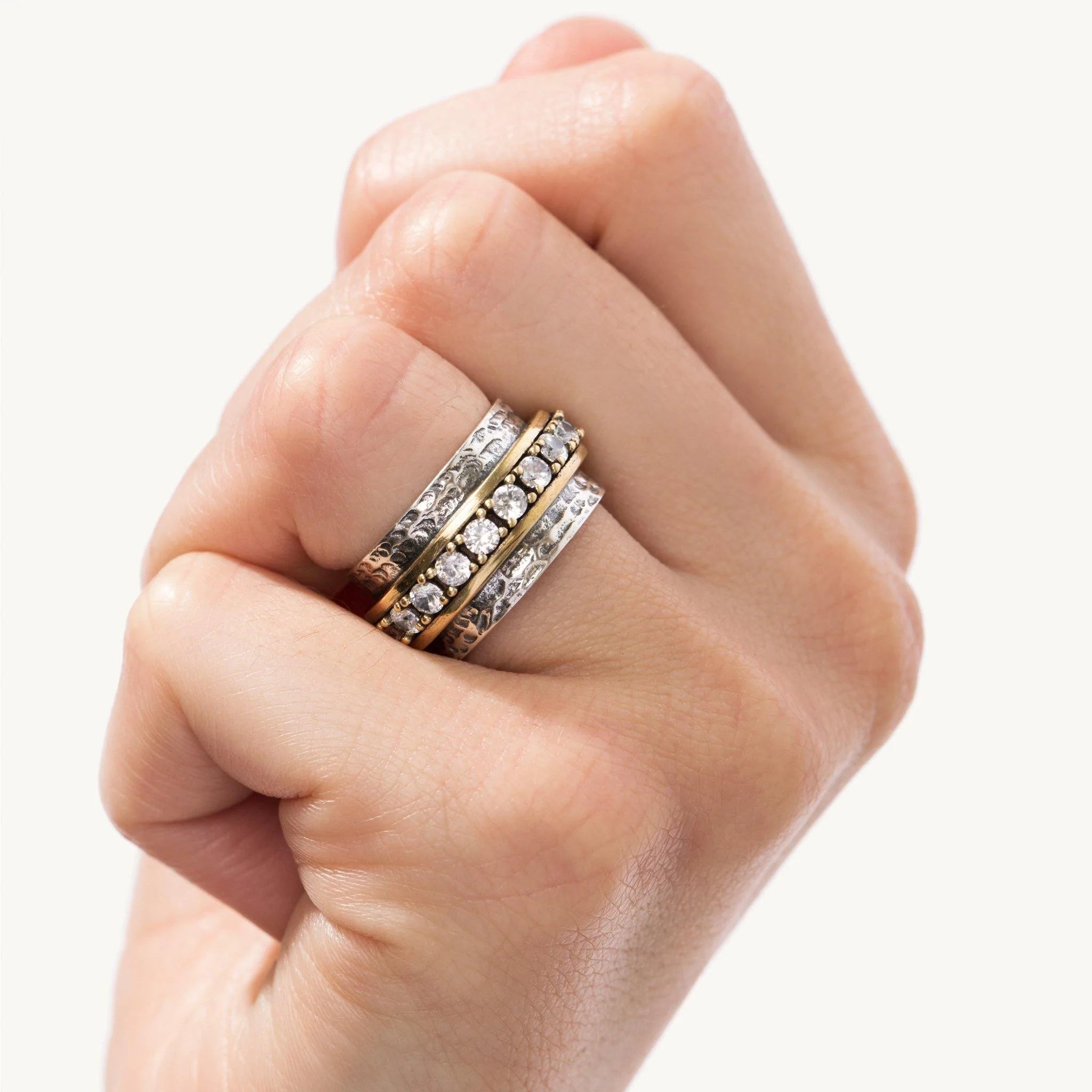
How to Get Sand Out of a Spinner Ring
Did you end up getting sand in your spinner ring after a careless outing at the beach? Or, perhaps you discovered a stunning spinning ring with a metal detector - what a find! Either way, you’re wondering how to get sand out of a spinner ring. And we’re here to help.
Having sand in your spinner ring can prevent it from spinning effortlessly. Or, in some cases, from spinning at all. That defeats the purpose of the ring, which seeks to help you curb anxious thoughts and allow you to maintain your focus throughout the day. Fortunately, cleaning sand out of your ring is actually easier than you may think.
But, before we teach you how to fix a spinner ring that’s filled with sand, allow us to explain why this is worth the effort in the first place.
Why It’s Important to Get Sand out of a Spinner Ring
It is important to get sand out of a spinner ring for a few reasons:
- Sand can cause damage to the ring: Sand particles can get stuck in the crevices of the spinner ring, causing abrasions and scratches on the surface of the ring over time. If you suspect you got sand in your ring, don’t attempt to spin it - take it home and give it a good cleaning first (by following the advice in the section below!).
- Sand can affect the spinning motion of the ring: If there is a significant amount of sand stuck in the crevices of the spinner ring, it can disrupt the smooth spinning motion of the ring. Think about how a spinner ring works. The whole point is to use the effortless spinning action as a distraction from racing thoughts. If the ring doesn’t spin well, what’s the point?
- Sand can make the ring dirty and unsightly: Sand can make the ring look dirty and unsightly, which can be annoying to look at and wear. While it’s true that these rings are a type of jewelry that helps with anxiety first and foremost, you still want to keep your ring looking gorgeous!
- Sand can cause discomfort: If there is a lot of sand stuck in the crevices of the ring, it can cause discomfort when wearing the ring. The ring is supposed to help you live a happier, less stressful life. If it’s causing discomfort, it’s actually doing more harm than good.
Therefore, it is important to get sand out of a spinner ring to prevent damage, maintain the smooth spinning motion, keep the ring clean and attractive, and ensure comfort when wearing the ring. And here’s how you can do just that…
How to Get Sand Out of a Spinner Ring: Step-by-Step Guide to Restore the Spinning Function of Your Jewelry
Whether you’ve just got a little bit of sand in your spinner ring or the entire piece is covered in grit and grime, the steps to restore your spinner ring’s spinning function are the same. It’s as simple as learning how to clean a spinner ring - which is a topic we have a complete guide on! But we’ll specifically explain the best process for cleaning sand out of your spinner ring below.
By the time you finish reading these steps below, you’ll be well on your way to enjoying all the benefits your ring has to offer. Here’s how to get sand out of spinner rings:
- Step 1: Gently shake the ring to remove any loose sand. If your ring is covered in sand, this will make the following steps a lot easier as you remove the bulk of the sand from the equation right away.
- Step 2: Rinse the ring under running water, using your fingers to gently scrub the inside and outside of the ring to remove any remaining sand. Make sure to pay extra attention to the areas where the spinner ring is joined, as sand can often get stuck in the crevices. Try to spin the ring while running it underwater to try and work free any stuck particles within the inner band.
- Step 3: If the sand is still not coming out, fill a small bowl with lukewarm water and add a drop of dish soap. Place the ring in the bowl and let it soak for about 20-30 minutes. This will loosen up hard sand particles.
- Step 4: After the ring has soaked, use a soft-bristled toothbrush or a small, soft-bristled brush specifically designed for cleaning jewelry to gently scrub the inside and outside of the ring. Make sure to pay extra attention to the areas where the spinner ring is joined, as this is where sand is most likely to get stuck. You may have better luck with a toothpick depending on how tight your ring’s crevices are.
- Step 5: Rinse the ring thoroughly under running water to remove any remaining soap and sand. By now, you should hopefully have a ring that spins like new.
- Step 6: Dry the ring with a soft, lint-free cloth, making sure to get into all the crevices. Alternatively, you can also pat the ring dry with a soft towel. You don’t want the ring to stay wet as certain materials can rust if left in prolonged contact with moisture.
- Step 7: If the sand is still not coming out or if the ring is particularly dirty, you can try using a mild jewelry cleaner or a mixture of water and baking soda to soak the ring. To use the baking soda mixture, mix 1 teaspoon of baking soda with 2 cups of water in a small bowl. Place the ring in the mixture and let it soak for about 20-30 minutes. You’ll then repeat the rinsing and drying steps.
Additional Tips to Help You Get Sand Out of Your Spinner Ring While Protecting the Jewelry Itself
We hope the advice above helps you get sand out of your anxiety spinner ring. But before we wrap things up, we want to provide you with a few more tips to help you get your ring clean without harming the jewelry itself.
It’s important to be gentle when cleaning your spinner ring, as the spinning band can be delicate. The same is true of spinning gemstone rings for women - which have delicate stones within them. Avoid using abrasive cleaners or brushes, as they can scratch the surface of the ring.
If your spinner ring has diamonds or other precious stones, it is best to take it to a professional jeweler for cleaning. The last thing you want to do is scratch or crack one of the gemstones.
I Can’t Get the Sand Out of My Spinner Ring…Now What?
The tips above will work for most spinner rings that have sand stuck in them. However, we know some of our readers discovered their spinner ring on the beach by chance using a metal detector. In these instances, you’re fighting an uphill battle - as there is no telling how long that ring has been decaying in the sand.
Don’t be disappointed if you’re unable to get that spinner ring spinning again. There is one final solution - and that is to head over to Ideaure Jewelry for the best spinner rings for anxiety! Our rings serve as the best fidget spinner alternative and can help you eliminate anxious thoughts and calm a racing mind.
The best part? You’ll look stunning all at the same time. That’s because these rings aren’t just a tool in your battle against anxiety or ADHD - they’re visual works of art! After all, our rings are handcrafted to perfection using luxury materials like sterling silver or 18k gold. And, they feature unique designs and eye-catching gemstones throughout.
With over 20,000 happy customers and counting, you don’t have to just take our word for it either. Head over to our collection and discover your new daily go-to for kicking anxiety to the curb and boosting your concentration throughout the workday.
Final Thoughts on How to Get Sand Out of Spinner Rings
There you have it - everything you need to know about how to get sand out of spinner rings. As you can see, it’s not nearly as complex as you may have thought. With the help of this in-depth guide, you should be equipped with everything you need to get your ring sand-free and spinning like new!
However, not all rings are repairable. If you’re simply unable to get your ring working how you’d like, it’s of little use to you. Fortunately, you can find an affordable, luxury replacement at Ideaure Jewelry. While you’re over on the site, take a look at our other amazing collections - like our mixed metal rings, Christian rings for women, or our gemstone rings for women. Don’t force yourself to wait any longer - treat yourself to the stylish, functional jewelry you’ve been missing out on for far too long!





